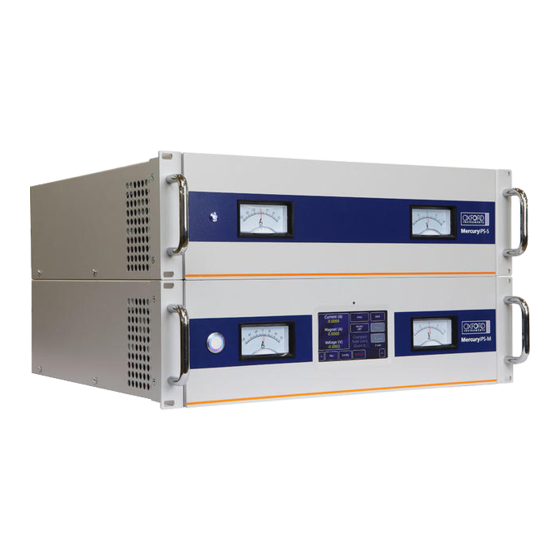
Oxford Instruments NanoScience MercuryiPS Manuals
Manuals and User Guides for Oxford Instruments NanoScience MercuryiPS. We have 1 Oxford Instruments NanoScience MercuryiPS manual available for free PDF download: Operator's Manual
Oxford Instruments NanoScience MercuryiPS Operator's Manual (169 pages)
Power Supply for Superconducting Magnets
Brand: Oxford Instruments
|
Category: Power Supply
|
Size: 6 MB
Table of Contents
Advertisement
